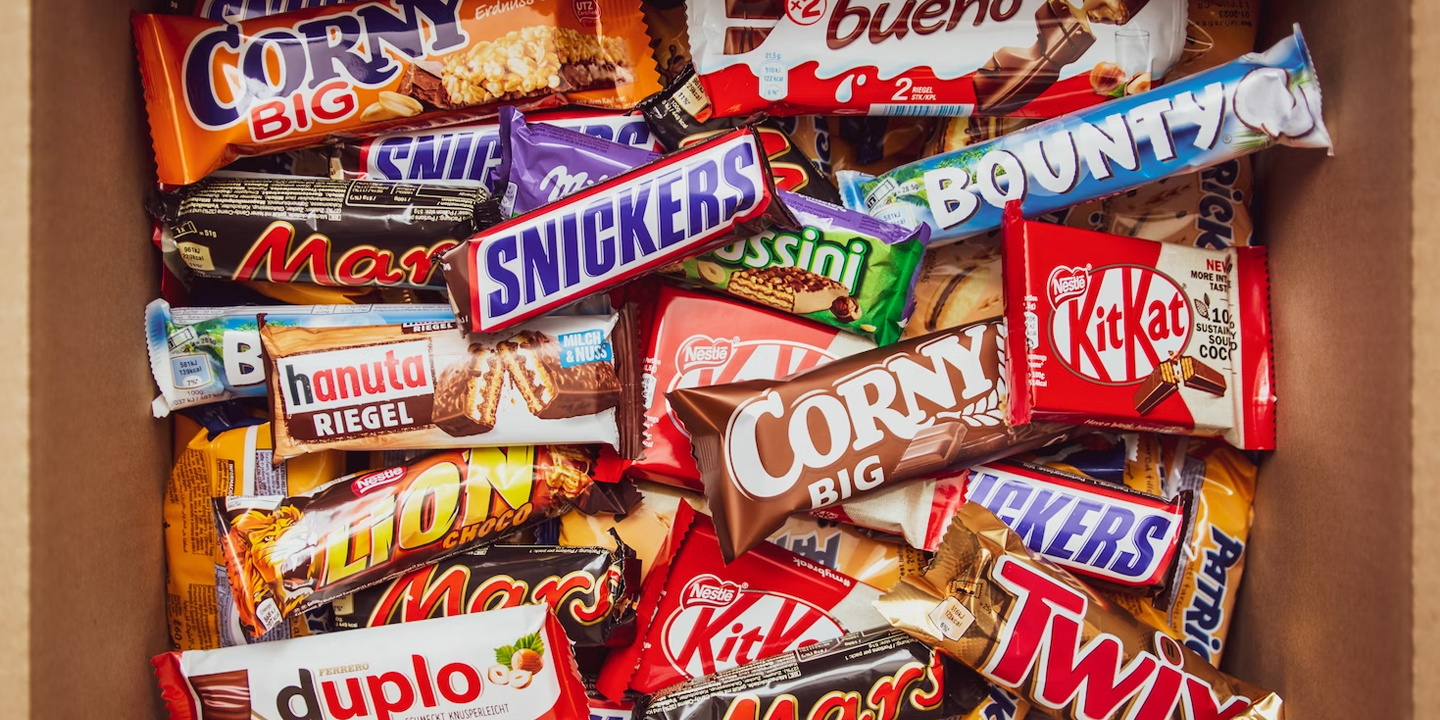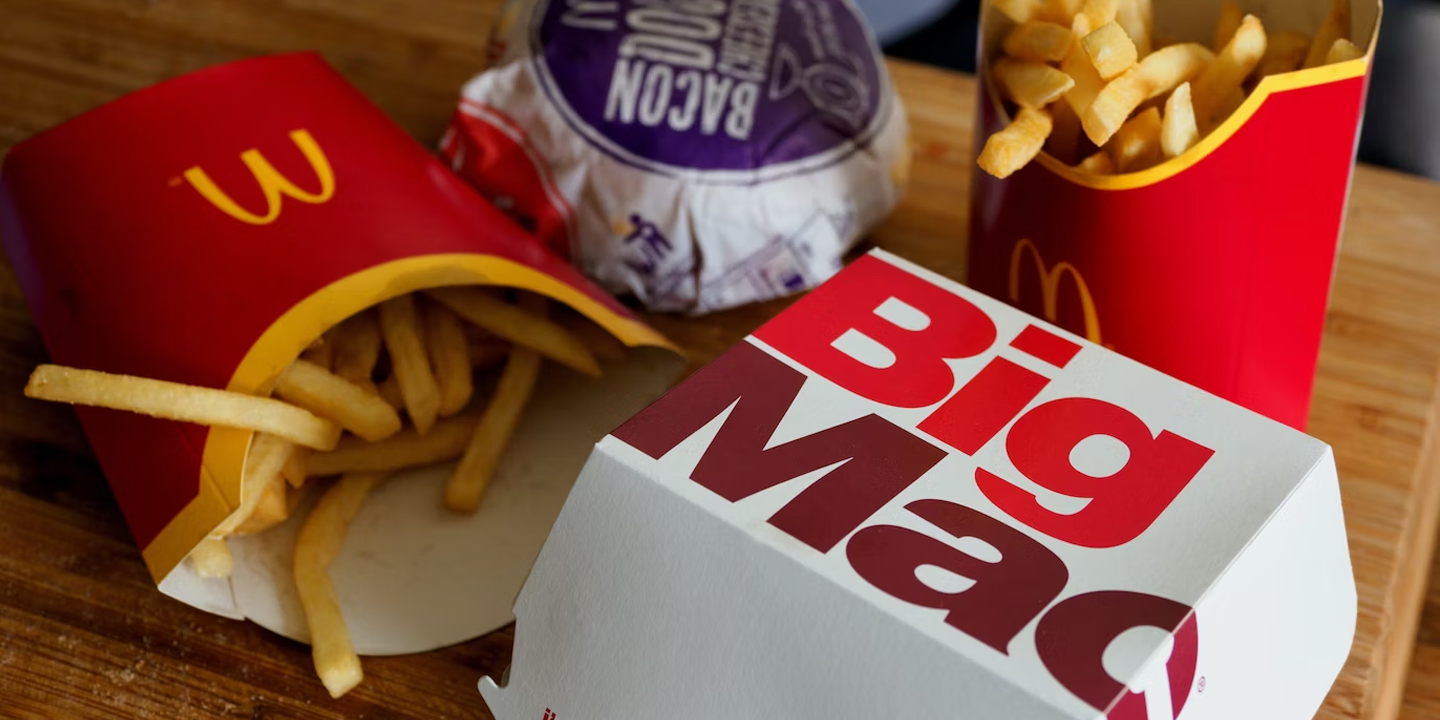Restaurant Red Flags: How To Immediately Tell If You're At a Good or Bad Restaurant
Restaurant Red Flags: How To Immediately Tell If You're At a Good or Bad Restaurant
If you're going out for dinner, there are usually a couple of boxes you want checked off. Is the food good? Is the restaurant clean? Is the waiting staff helpful? While there are plenty of ways to tell if a restaurant is good, let's take a look at the negatives. What are things that can help us immediately tell if we're in a bad restaurant? We're about to share with you tips and tricks to point out restaurant red flags so you can always have an enjoyable dining experience in the future.
1. Inattentive Staff
If you walk into a restaurant and the staff seems disinterested, is hard to get a hold of, or neglects basic service etiquette, it's an instant red flag. If the staff is acting poorly, then it also reflects poorly on the management and the establishment's overall quality.
 Photo by Chetan Hireholi on Unsplash
Photo by Chetan Hireholi on Unsplash
2. Unpleasant Odors
A bad smell in a restaurant is a quick and easy way to tell if you're about to have a good experience or not. Whether it's musty, sour, or rotten, one whiff of a bad smell can indicate poor cleanliness or food storage practices. After all, a good restaurant should only be smelling appetizing.
 Image by Mohamed Hassan from Pixabay
Image by Mohamed Hassan from Pixabay
3. Unclean Restrooms
If the restrooms are unclean, it could be a sign that the kitchen and other areas of the establishment might be in a similar or worse condition. Good cleanliness should be practiced in all areas of the restaurant, not just the places that can be seen at first glance.
 Image by David Rinehart from Pixabay
Image by David Rinehart from Pixabay
4. Dusty or Dirty Menus
Menus that are sticky, dirty, old, or have gross food residue on them is a bad sign. It indicates a lack of attention to cleanliness and detail, which you wouldn't want to find out extends to the kitchen and the food itself.
 Photo by Nienke Broeksema on Unsplash
Photo by Nienke Broeksema on Unsplash
5. Sparse or No Customers
If you're walking into an empty restaurant during peak dining times, it could be a red flag. It could mean that locals or previous customers weren't pleased with their experience and didn't want to come back.
 Photo by Andrew Seaman on Unsplash
Photo by Andrew Seaman on Unsplash
6. Expired Food Licenses/Certifications
If you walk into a restaurant that has an expired food license or certification, you should walk out immediately. Visible expiration or lack of necessary health and safety certifications is a serious red flag; it shows a disregard for legal requirements and customer safety.
 Photo by shawnanggg on Unsplash
Photo by shawnanggg on Unsplash
7. Limited Menu Availability
If many items on the menu are out of stock and unavailable, it might suggest problems with supply management, food freshness, or the financial stability of the restaurant. Besides, you don't want to have to compromise on what you want to eat, it's your money!
 Photo by Nathan Dumlao on Unsplash
Photo by Nathan Dumlao on Unsplash
8. Poor Food Presentation
The moment your food is served, you should be excited to dig in, not be scared of what you're about to put into your mouth. If a restaurant serves you food that looks hastily plated or even unappetizing, clearly, there's a lack of care in food preparation and presentation, reflecting the establishment's standards.
 Photo by Kyle Nieber on Unsplash
Photo by Kyle Nieber on Unsplash
9. Overly Aggressive Upselling
What's more annoying than being forced to pay for something you don't want? Staff who persistently push for more expensive items or add-ons demonstrates the restaurant's clear focus of profit over customer experience. Who'd want to eat somewhere like that?
 Photo by Camille Chen on Unsplash
Photo by Camille Chen on Unsplash
10. Inconsistent Food Quality
When dishes vary greatly in quality from one visit to the next, it suggests issues with kitchen management, ingredient sourcing, or chef expertise, undermining trust in the food's reliability.
 Photo by Louis Hansel on Unsplash
Photo by Louis Hansel on Unsplash
1. Prompt and Friendly Service
Staff that greet you warmly the moment you enter is already a big game-changer. It's a simple gesture, but it shows that they've noticed you and will be helping you in just a moment. And while you're dining, if they serve you promptly and are always present, it's clear that you're eating at a well-managed restaurant that values your experience.
 Photo by Brooke Cagle on Unsplash
Photo by Brooke Cagle on Unsplash
2. Clean and Inviting Ambiance
Who would want to eat in a dirty setting? A clean, well-maintained interior and exterior really help set the stage for a positive dining experience. You'd be surprised by how often this seemingly obvious detail is overlooked.
 Photo by piotr szulawski on Unsplash
Photo by piotr szulawski on Unsplash
3. Busy with Satisfied Customers
Seeing a restaurant filled with content customers is an easy way to tell whether or not a restaurant is worth visiting. Because well, if everyone else is happy with the food and service here, why wouldn't you? A busy spot often reflects a loyal customer base, a promising start to any new restaurant visit.
 Photo by Priscilla Du Preez 🇨🇦 on Unsplash
Photo by Priscilla Du Preez 🇨🇦 on Unsplash
4. Transparent Kitchen
We love a good open or visible kitchen and here's why. It allow guests to see where and how their food is prepared, openly demonstrating that they have nothing to hide. It's as if they're saying they have full confidence in their cleanliness and food preparation practices.
5. Seasonal or Local Menu Items
Menus that highlight seasonal, local, or farm-to-table ingredients indicate a commitment to quality and support for local producers, often resulting in fresher, tastier dishes.
 Photo by Syd Wachs on Unsplash
Photo by Syd Wachs on Unsplash
6. Knowledgeable Staff
Sometimes, we just don't understand the dishes on the menu, and that's okay! During moments like these, it's always comforting knowing there are knowledgeable and kind waiters who will happily walk you through the menu. This interaction can make all the difference!
 Photo by Jessie McCall on Unsplash
Photo by Jessie McCall on Unsplash
7. Consistently Good Reviews
In this digital age, checking the review of a restaurant is as easy as a couple of clicks away. So do some research before you try out a new restaurant! If you're seeing consistent praise across a variety of review platforms, looks like you've got a great meal waiting for you.
 Image by Tomislav Kaučić from Pixabay
Image by Tomislav Kaučić from Pixabay
8. Attention to Detail
Little things, like the way napkins are folded, the presentation of the food, and even the selection of music, can show a restaurant's care for creating a pleasant dining experience. These little details are what separates a good restaurant from the mediocre.
 Photo by Zakaria Zayane on Unsplash
Photo by Zakaria Zayane on Unsplash
9. Quick Adaptability
Staff who are quick to rectify any issues, accommodate special requests, or offer alternatives demonstrate a focus on customer satisfaction and service excellence. Half of the dining experience is the service after all!
 Photo by Fabrizio Magoni on Unsplash
Photo by Fabrizio Magoni on Unsplash
10. A Passionate Chef
A chef who visits tables or is mentioned positively by staff and reviews often indicates a passionate and involved leader, which usually translates to exceptional food quality and innovation.
KEEP ON READING

The Most Popular Chocolate Bars in the USA








